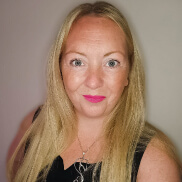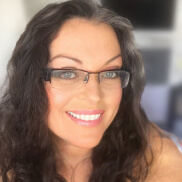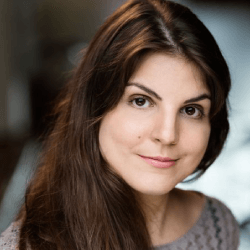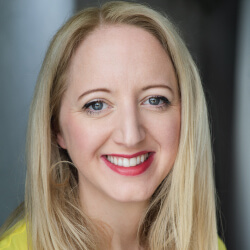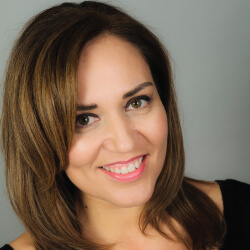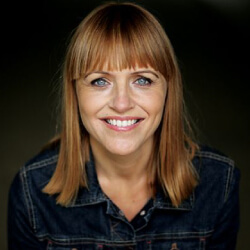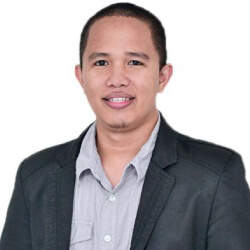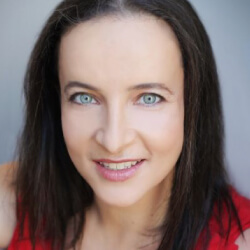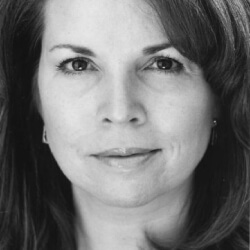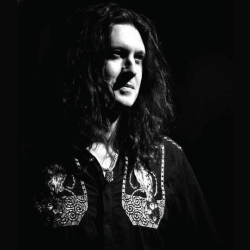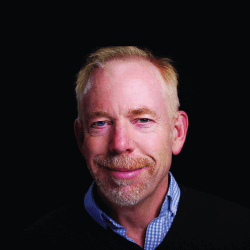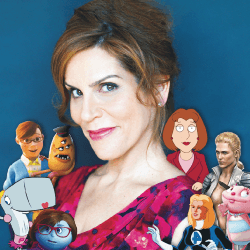
How does the casting process work at Pixar Animation Studios?
Kevin ReherFirstly we create animatics (a preliminary version of a film, produced by shooting successive sections of a storyboard and adding a soundtrack). The animatics are updated every 16-24 weeks. Essentially, the movie is made up and then torn apart many times! During this phase of development we use scratch actors to voice the characters. We have many Pixar players that we use for our characters’ voices and we use the recordings to build the animatics.
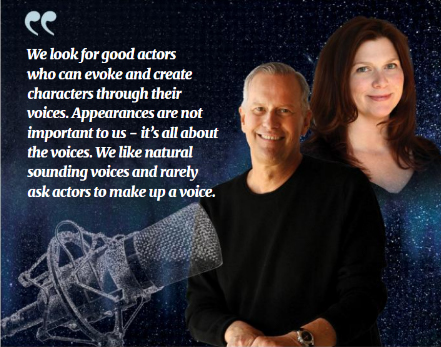 Natalie LyonAll of our movie ideas are homegrown and we don’t accept external pitches. Some of our directors come with ideas about who they want to cast – and others don’t! We take ideas from anyone on the crew, in the studio, basically anyone from within Pixar Animation Studios. We also have a casting database. Whenever we audition an actor, we pull clips and add them to our database of 1000+ actors.
Natalie LyonAll of our movie ideas are homegrown and we don’t accept external pitches. Some of our directors come with ideas about who they want to cast – and others don’t! We take ideas from anyone on the crew, in the studio, basically anyone from within Pixar Animation Studios. We also have a casting database. Whenever we audition an actor, we pull clips and add them to our database of 1000+ actors.
KRWe look for good actors who can evoke and create characters through their voices. Appearances are not important to us – it’s all about the voices. We like natural sounding voices and rarely ask actors to make up a voice. When we’re presenting an actor to a director, we’ll often do interviews because that gets you as close as possible to the natural voice. As director and voice actor, Andrew Stanton says, “Funny is money!” And, when characters don’t have a lot of backstory, humour is particularly important. Vocal getability is really important in animation and your voice needs to be instantly identifiable as a type. Animators love a textured voice – an undulating voice is much more fun to animate than one that is more steady.
I like this quote from Chief Creative Officer of Pixar Animation Studios, Pete Docter, he says “As your character grows and changes, you’ll by necessity need to start them in a flawed place. The key then to great casting is to find an actor who can play that flaw with appeal, so you can camouflage the flaw as being fun to watch…you’ll want to make sure your actor can play the character in a way that makes us totally charmed by them – and then their strength and depth will be a rich surprise for us as an audience.”
NLWe take ideas from agents and directors – it’s not always the case that Pixar movies are easy to cast – you might think that everyone jumps at the chance, but there are often conflicting schedules and commitments, and also, in animation, actors might only ever voice one leading character – so they want to make sure it’s the right one.We send scenes to agents and their talent will self-record. A lot of the time it is simply on their phones – at this stage we don’t expect them to have perfect audio quality. Once we hone in on the auditions that are potentially right for the part, the director and producer will pitch the film to the actor and have a discussion to make sure everyone is on the same page. There will sometimes be a working audition where the director gets to work with the actor on the character, or an animation test to make sure that the voice and the animation of the character is a good fit.
KRWe also need to ensure that the cast fits together. It is amazing how many people actually sound like each other! We cut all of the voices and the animation into one clip, so that it’s really clear who all the different characters are. We have to avoid casting too early – or too late. Some animated films take four years to make, but they can easily take seven years and over that time the characters evolve. In the end, we just hope that we get it right!
How has animation casting changed over the years?
KRPixar’s commitment to diversity is the biggest change I’ve seen. The opportunity for diversity starts with the story; if the script is written by a story artist who draws diverse characters, then it can be cast that way too.
NLTechnology and self recording has really changed the people we can reach out to, and in turn, the voices we get to listen to – so it means there are more opportunities for more people.
Where do you find actors for your database?
NLThe database is pulled from clips of previous auditions. Just because someone hasn’t been right for something in the past doesn’t mean that they won’t be right for something in the future. When agents submit demos, we always put the demos on the database. So we keyword those: ‘French,’ ‘Funny,’ etc.
KR In general, if people do send a demo they often send an animation reel – which is exactly what you need if you’re into video games, but for animation we want to hear your natural voice and personality. To that effect, narration demos are more useful to us – less animated but not too dry.
What is the best way to break into animation voice acting?
KR You can’t get in unless you’re hired and you can’t get hired unless you’re in! So, get an agent.
NLGet into theatre and improvisation, because you’ll be working on your voice and getting exposure to other actors and people within the industry where you can network. You can gain some really valuable insights on what casting directors are looking for by simply listening to other peoples’ experiences. Meet and learn from as many people as you can.
What do successful animation voiceover actors have in common?
KR They are great at doing repetitions (repeating one line of script in many different ways). They have voices that really pop and they give us confidence that if the director hires them, they are going to be able to perform.
NL They are great improvisers, can play with a script and have fun while still being able to hit the lines. Flexibility is super important and always being prepared!
Can you tell us more about Loop Groups?
NL A Loop Group is when a group of actors go into a recording booth to fill the landscape of sound for all the extras, crowd scenes and sometimes actors’ dialogue. Loop groups are made up of a group of voice actors who are capable of voicing multiple characters with just a few lines each. This highly collaborative team are local voice actors who work together to bring to life these few lines of script and are often credited as additional voices.
How can voice actors make the casting process easier for you?
NL Be prepared and be open in the audition. New ideas are great, but you must be able to deliver the lines as written.
KR Too weird doesn’t land with the directors, neither does anything that is too boring! Show your versatility, capability and humour! If you have been asked to audition, your audition must reflect your best performance, and that should also be reflected in the quality of your recording.
What’s your favourite thing about your job?
NL We’re privileged to work with so many people, with so many great ideas, all the time! Unlike other departments that might be working exclusively on one film for four years, we get to work on all of them!
KR For a lot of people, being in a Pixar movie is a dream come true – making that happen is really cool!
Show your versatility, capability and humour! If you have been asked to audition, your audition must reflect your best performance, and that should also be reflected in the quality of your recording. We look for good actors who can evoke and create characters through their voices. Appearances are not important to us – it’s all about the voices. We like natural sounding voices and rarely ask actors to make up a voice.
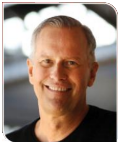
Kevin Reher
Pixar Animatio Studios
Casting Director

Natalie Lyon
Pixar Animatio Studios
Casting Director
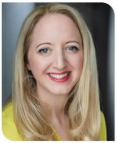
Interviewer:
Rachael Naylor
Voice Actor, Editor of The Buzz Magazine
and Founder of The VoiceOver Network



